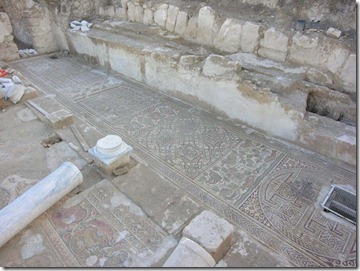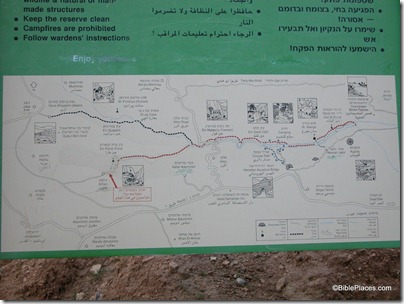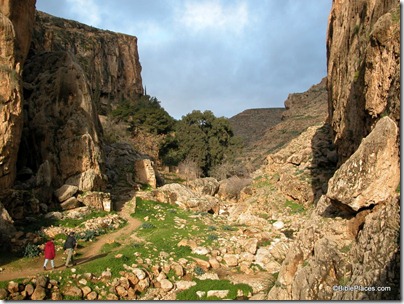The American Colony Collection, recently released as a module for Accordance Bible Software, is the subject of a video that highlights some of the value of the photographs and compares them with the PhotoGuide 3 collection. You can watch the video below or access the podcast here. (Those reading this in an email or feedreader may need to click through.)
David Padfield (website) has found the collection to be valuable in both formats:
I’ve used the photographs from the American Colony Collection since you first made them available. While I have over 30,000 photographs of the Bible lands that I have shot over the years, the congregation where I preach enjoy those old photographs every bit as much as the modern ones — there is something about the “feel” and “character” of the old photos that is lacking in modern photos.
I just purchased the American Colony Module from Accordance and all I can say is WOW. The module makes the photos so much more useful than they were before. I used to spend a lot of time looking for a photo, but the search capabilities of Accordance make it a snap. You have done an amazing job with these photos and I sincerely appreciate your efforts.



